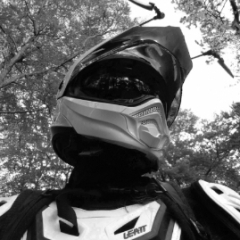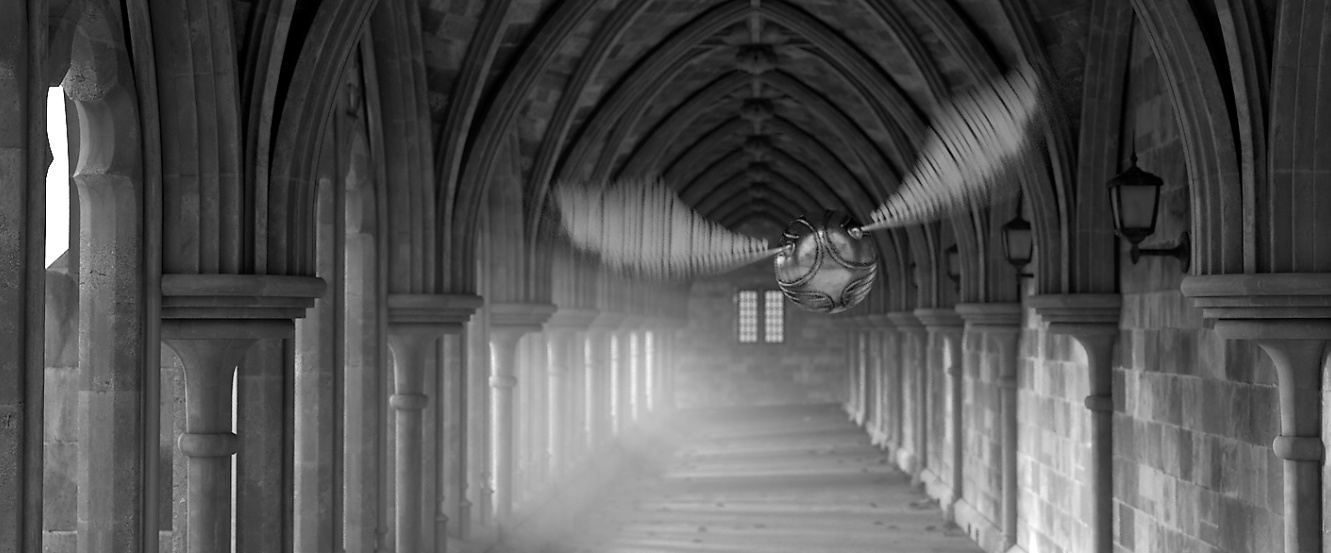-
Posts
17,957 -
Joined
-
Days Won
733
Content Type
Profiles
Blogs
Forums
Gallery
Pipeline Tools
3D Wiki
Plugin List
Store
Downloads
Everything posted by Cerbera
-
Please could you pop your software version in your profile under DCC ? Ok... 1. You don't have the Plain Effector connected with the cloner. Presumably it wasn't selected when you added it. Solve that by dragging it into the effectors tab in the Cloner. 2. You don't need rotation on all directions - just P I think (if cam will be top view based) 3. Your quantize step value in the Field was not 4 as it should be. Sort those out and works like a charm... CBR
-
WETA have teamed up with Skynet (AI) to bring us 'the best water ever', and here's a little bit more on how they did that... CBR
-
Welcome to the Core. Please make sure you complete your profile so we know which version and renderer your questions refer to, and also take care to post in correct section, which is never Guidelines, where you posted this one, which I have now moved to where it should be (Cinema 4D). CBR
-
Simply you have to make sure none of the objects are touching each other when you start simulating. Also make sure your collision modes are appropriate (probably moving mesh in most cases). CBR
-

How to make a generic form polygonal closed curve in Cinema 4d
Cerbera replied to Eudes Fileti's topic in Cinema 4D
Wouldn't you just clone a thin cylinder onto a spline ? CBR -
Oh yes that too, but not sure how much more useful that is because generally, when you select any of the transform tools the attributes panel updates to show you this anyway. But at least you can ctrl drag it to place it somewhere convenient I guess. Like you I am constantly changing that value, and I think me and others have suggested making that hot-keyable before, over the years, but we are really running out of hotkey combos that haven't been taken already, and after all this time I have got used to moving over to attributes to change it as needed, but I have set the default of that tool to be 'Normal' which is what I find I need most. CBR
-
There is a hotkey for changing between World and Local space for transform tools (W), but not, AFAIK to switch the temp modelling axis between its various alignment options. I would suggest the tool presets system here but it is no quicker than just manually changing that one drop down from Normal to Axis or whatever. CBR
-

Need Help making a null mirror the inverse of an object's position
Cerbera replied to Scott Williams's topic in Cinema 4D
Yes I too looked at the scene file and was baffled by what you meant or what you were trying to do... CBR -
I was very surprised I haven't come across this before, but now you mention it happens when using a spherical camera that indeed explains it - I have never had need to make use of that. I'm sure Maxon will be very grateful for the information though, so thanks for posting it. CBR
-
Just seen your generous tip which arrived today - thank you very much ! It's not that I jump higher for cash, but I had this one down in my head as 'solved'. Did my answer above fix it for you, or do you still need additional help ? CBR
-
Plane cut would be one way, followed by Edge to Spline on preselected cuts ? Or even voronoi fracture driven by LINEAR matrix ? CBR
-
It may be confused about what is splines and what is geometry. If you put the connect under a spline mask for example (but still refer to the Connect in the Matrix) THEN it works also, which may support that theory. You'll also be needing 'per segment' checked in the Matrix I would guess if you want 1 matrix per element. CBR
-
Seasons greetings people 🙂 Hope your last year was a good one, the next year is better, and the bit in-between gets you some decent R&R... As is the tradition, still my favourite Xmas 3D after all these years... and Festive bells everyone CBR
-
Well I have the scene, but apparently not the alembic that drives it, or the original setup for the opening animation... hard to do much without those. But googling finds an answer if we ask it the right question... Yes it's possible. The time parameter offsets keyframes on the clones so you need to untick "animation" on the alembic and then keyframe the "frame" parameter. Then the time offset from the effectors will offset those keyframes Give that a go... CBR
-
Nah you're alright - instance mode is the one that is fine. Avoid the other 2. Pls upload scene file if you still can't get it working. CBR
-
No, that is not going to work as far as I know, and I can't imagine any way around it. I would have to say you can't use hair to animate what is at the end of the day merely displaced geometry. For short grass typically I think the workflow here would be to grow C4D hair / grass on top of the displaced stuff. However that plant you show sticking out might be different if you can a) isolate its geometry so it is not reliant on displacement to be there and b) use it as instanced geo for a hair system. CBR
- 3 replies
-
- Simulation
- Animation
-
(and 1 more)
Tagged with:
-
Removed, or just changed slightly ? CBR
-
I have looked, but afraid I don't know why it's doing that. I don't do any character work on the whole so have never tried to make these work in that context. There are other people here that know those systems a lot better than me, so probably best to wait for them, or maybe do a support ticket about it ? CBR
-
Nope, that is working entirely correctly for me. 2 things to bear in mind. 1. Axis Centre Dialogue is moving the OBJECT axis, not the modelling one. 2. You are not changing the alignment at all with your current settings - only object axis position, which is working correctly. And it works properly for me if I turn alignment on and set it to Z/ Normal. I believe there has recently been a subtle change to this functionality such that it does not apply until you click 'Execute' but I think that is the only one. To align the modelling axis to the average Normal of that selection, that is done in the PSR tools attributes under the Axis tab, where you would choose 'Selected' and 'Normal' as the options to get what you need. But I don't understand why you need it either because if you are using extrude that happens in the average normal direction anyway doesn't it, regardless of what axis is doing ? CBR
-
If you put a Linear cloner in a null, and then add Spline Wrap as a child for that null, and feed it your helix, that should deal with the arrow wrap alignment issue.... and when pulled straight or helix radii reduced... You may have noticed I have also moved the axis of a parametric helix to its centre (geometry axis node as child) which helps in that we can also now key the height parameter of the helix instead of stretching it. Might take a fair bit of experimentation to get the settings that give you the right speed and transition though... CBR
-
Yes I too have distinct memories of Chris Schmidt doing something very similar, but unhelpfully can't even narrow it down to a season for you, let alone the exact episode ! 😕 CBR

